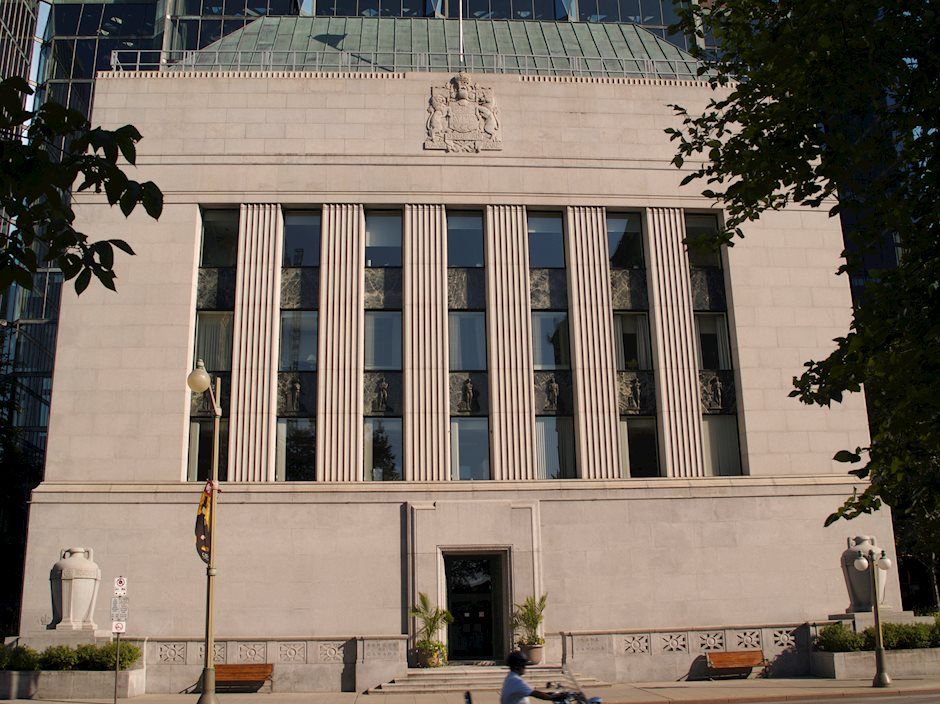Investment Theme – BoC acts as the Fed’s dancing mate – will others join the party?

At the start of the year, the Federal Reserve was the only major central bank engaging in as well as communicating that it remains on a path of policy normalization. At that point in time, the Fed had already hiked rates twice since last reducing them back in 2008, while it has delivered two additional rate increases so far during the year. The Bank of Canada’s decision to raise rates for the first time in roughly seven years could be a sign that a hiking trend is to follow amid signs for an improved outlook for the global economy.
After the decision by the BoC to raise its target for the overnight rate by 25 bps to reach 0.75% on July 12, the Canadian dollar rose versus its US counterpart to touch its highest in nearly thirteen months. Specifically, dollar/loonie fell to as low as 1.2680 (a fall reflects a strengthening loonie). The greenback later recovered part of its losses but still finished the day lower by a sizable 1.3%.
It is noteworthy that the Canadian dollar experienced significant gains in the weeks before the BoC decision. The rise in that period was in part attributed to the imminent rate increase by the Canadian central bank. In other words, the rate hike was already almost completely priced in by the markets before it officially materialized. It is thus interesting to examine what caused the loonie’s surge on the day of the announcement – year-to-date, the loonie advanced 5.5% relative to the greenback.
In its accompanying statement, the Bank interpreted weak inflation data to be non-persistent, expressing that inflation is on track to reach its 2% target, as the Bank’s Governor, Stephen Poloz, maintained an overall hawkish tone in his message. Moreover, the Bank expressed content for the country’s economic recovery, while Poloz acknowledged the lag between monetary policy actions and future inflation (i.e. that it takes time for monetary policy decisions to have their intended effect on inflation). Therefore, it is clear that the loonie’s jump higher was spurred by market participants expecting further hiking soon. The BoC is next scheduled to make a monetary policy decision announcement on September 6.
When asked about the credit-fueled boom prior to the 2007-09 financial meltdown, Chuck Prince, the then Citigroup chairman and chief executive, famously said that “as long as the music is playing, you’ve got to get up and dance”. The BoC has just joined the dance in the party that was started by the Federal Reserve. This begs the question: Will other central banks soon join the party? According to financial market analysts, there is some reasoning for central bankers to follow through on the actions of their peers, especially if their currencies are moving in a direction that is detrimental for their respective economies.
It is also of interest that similar to Poloz, the European Central Bank head, Mario Draghi, recently played down not so strong inflation figures, attributing them to global factors. Back then, those comments by Draghi led to the euro rallying relative to other majors. Soon after, Bank of England officials, including Governor Mark Carney, followed suit with hawkish comments.
A Wall Street Journal report hitting the markets yesterday stated that the ECB is likely to signal in its September meeting that its asset purchase program will be gradually scaled down starting next year. In the case of the BoE, recent not-so-upbeat economic data, combined with political uncertainty (predominantly due to Brexit), might not allow its decision makers to enter a phase of normalization as soon as they would have otherwise wished. As of now, the Bank of Japan seems to be standing as the odd one out. Its Governor, Haruhiko Kuroda, delivered a broadly dovish message after the Bank’s last meeting on June 16, saying that “there’s some distance to achieving (the Bank’s) 2% inflation” target. The BoJ maintaining its ultra-loose monetary policy at a time when others are either hiking rates or signaling readiness to normalize policy, is expected to add downside pressure on the Japanese currency over the short- to medium-term.
For history’s sake, Chuck Prince’s stance backfired, leaving Citigroup with a sizable exposure to the subprime mortgage market as the most damaging recession since the Great Depression of the late 1920s-early 1930s unfolded. It remains to be seen whether the world’s central banks will face a similar faith; for the time being though such a scenario seems unlikely.

Author

Manned by a powerful team of professionals, along with certified forex instructors, the XM Research and Education Center provides a full range of up-to-date marketing tools essential for profitable trading, including market analys

















